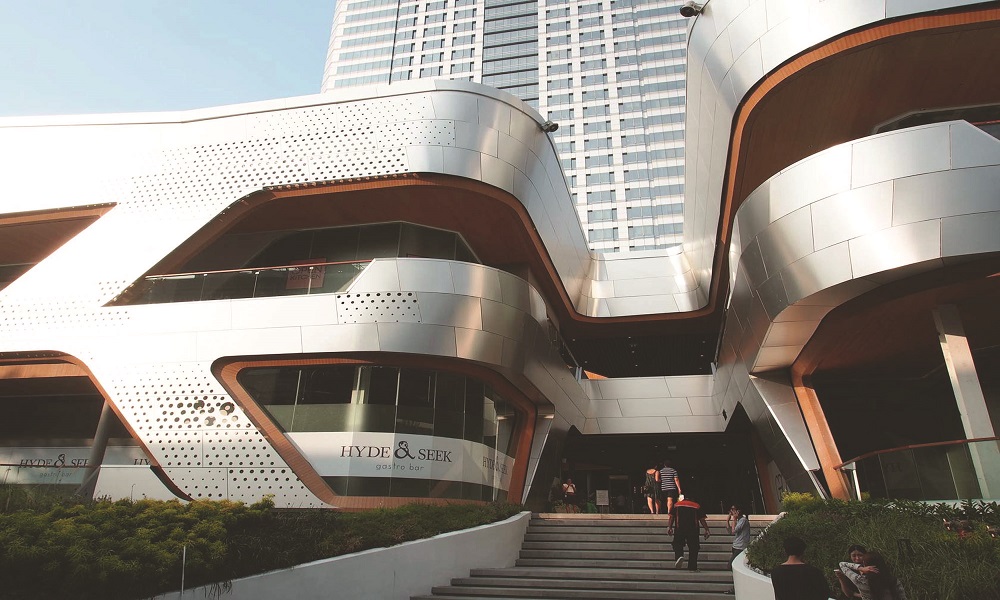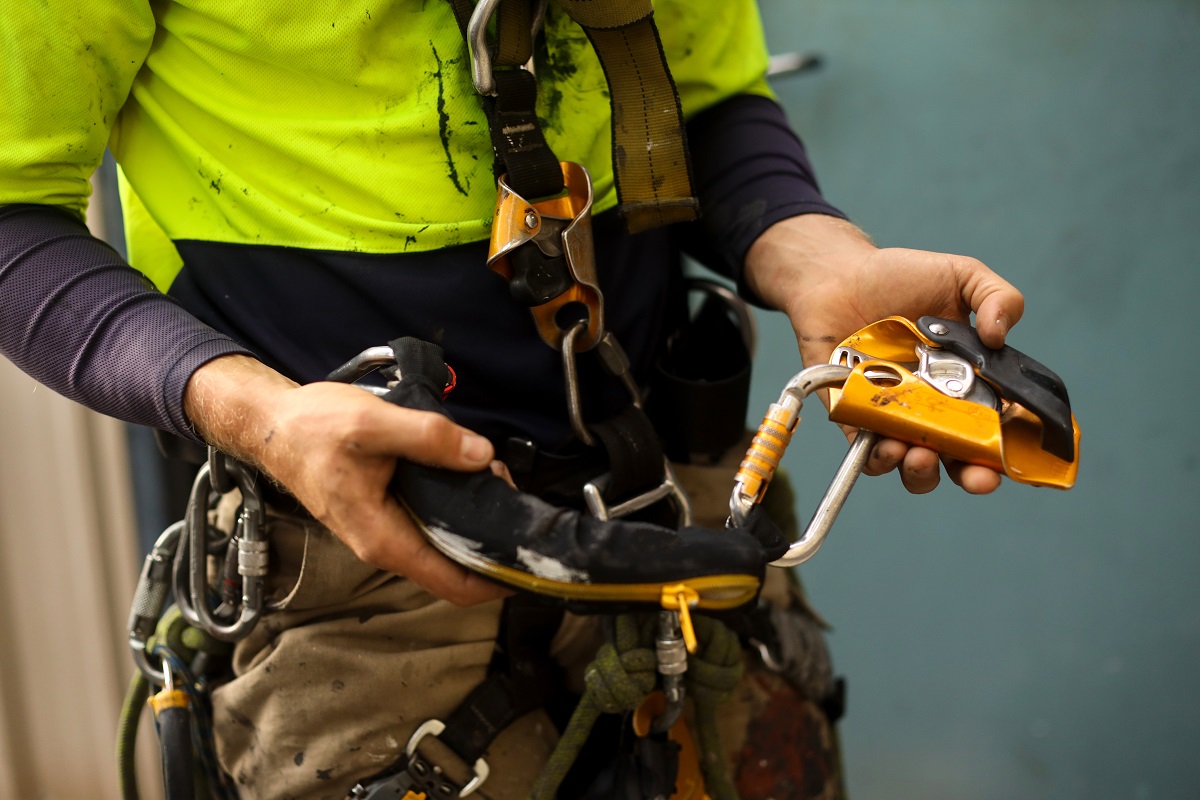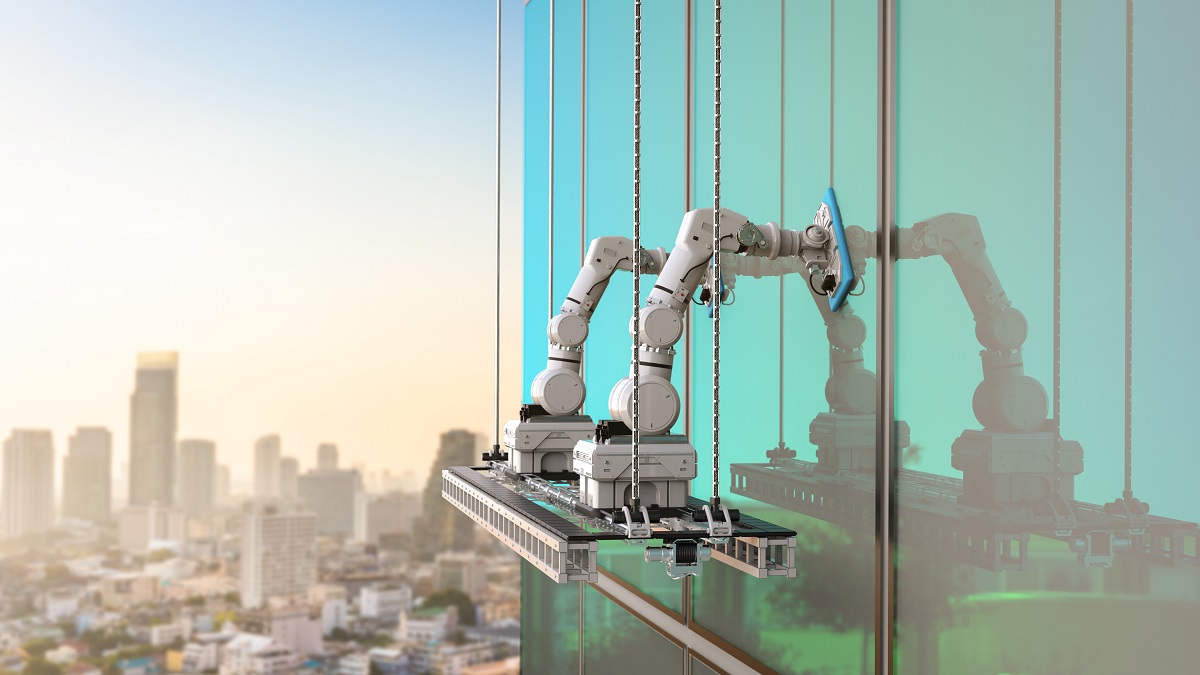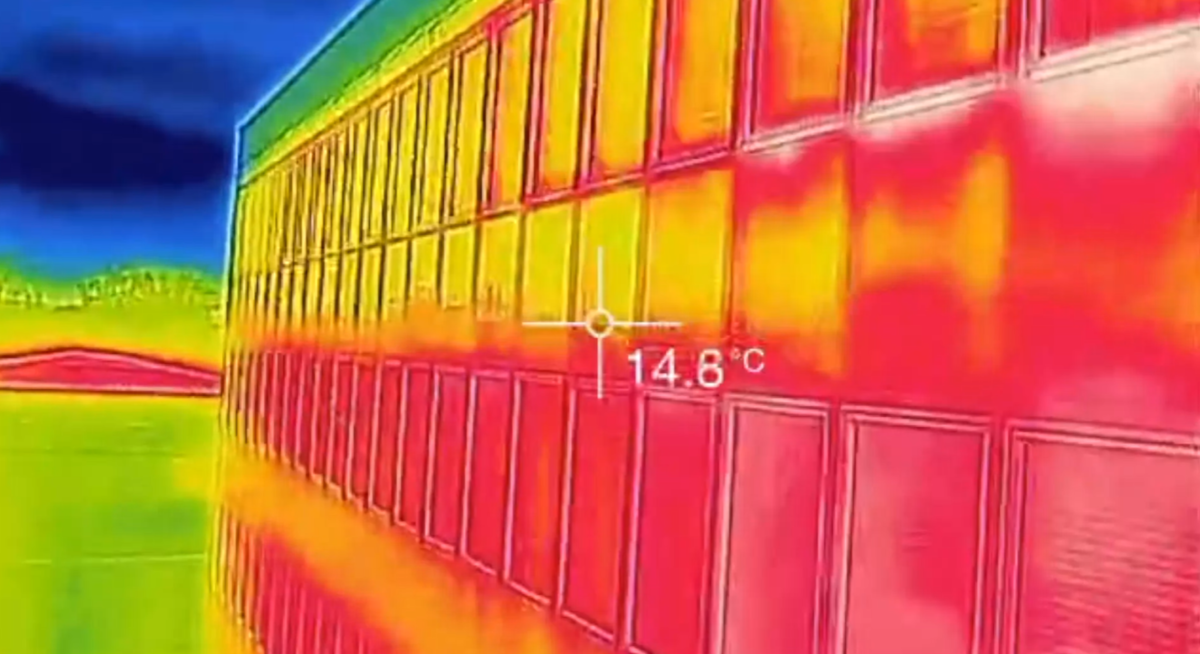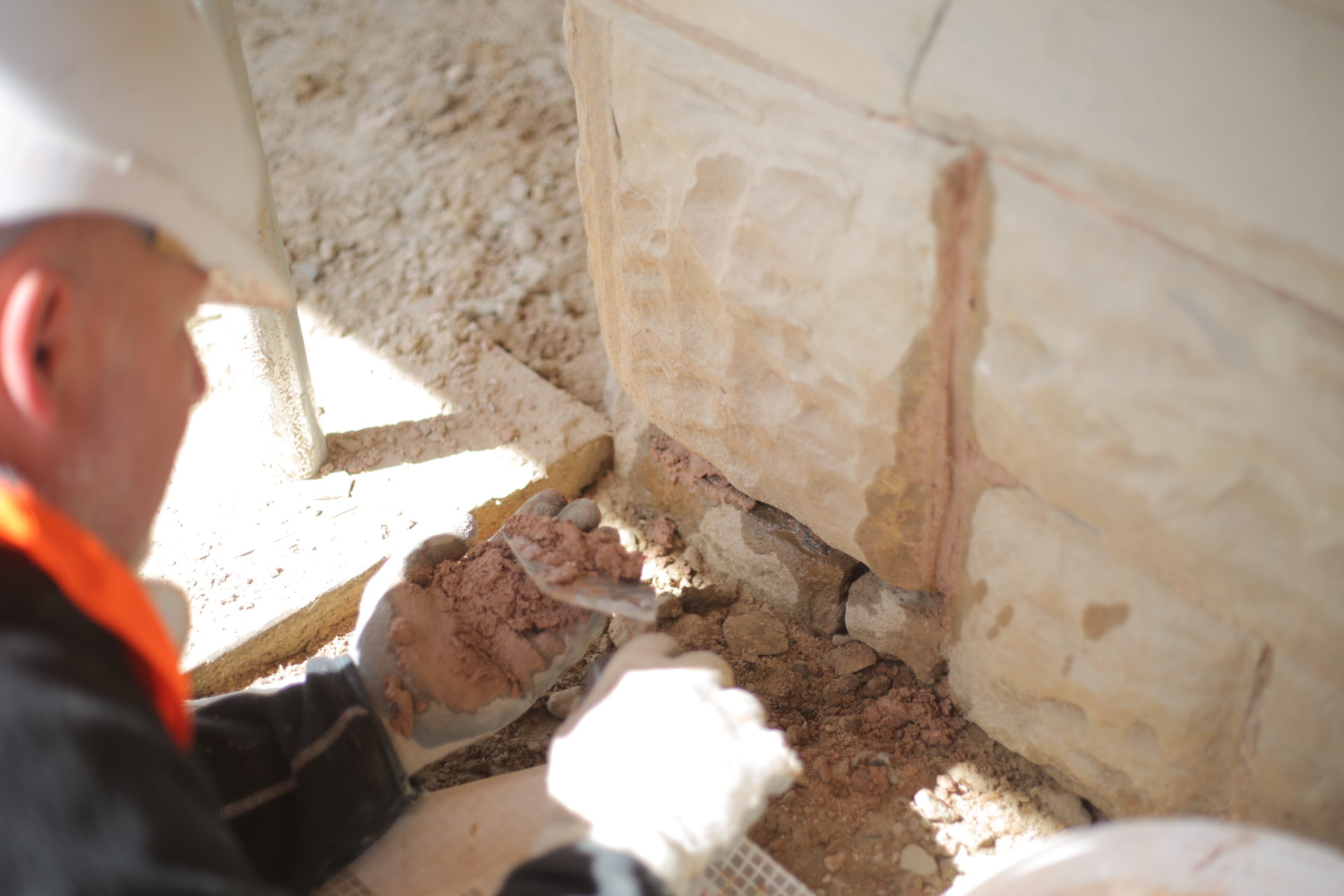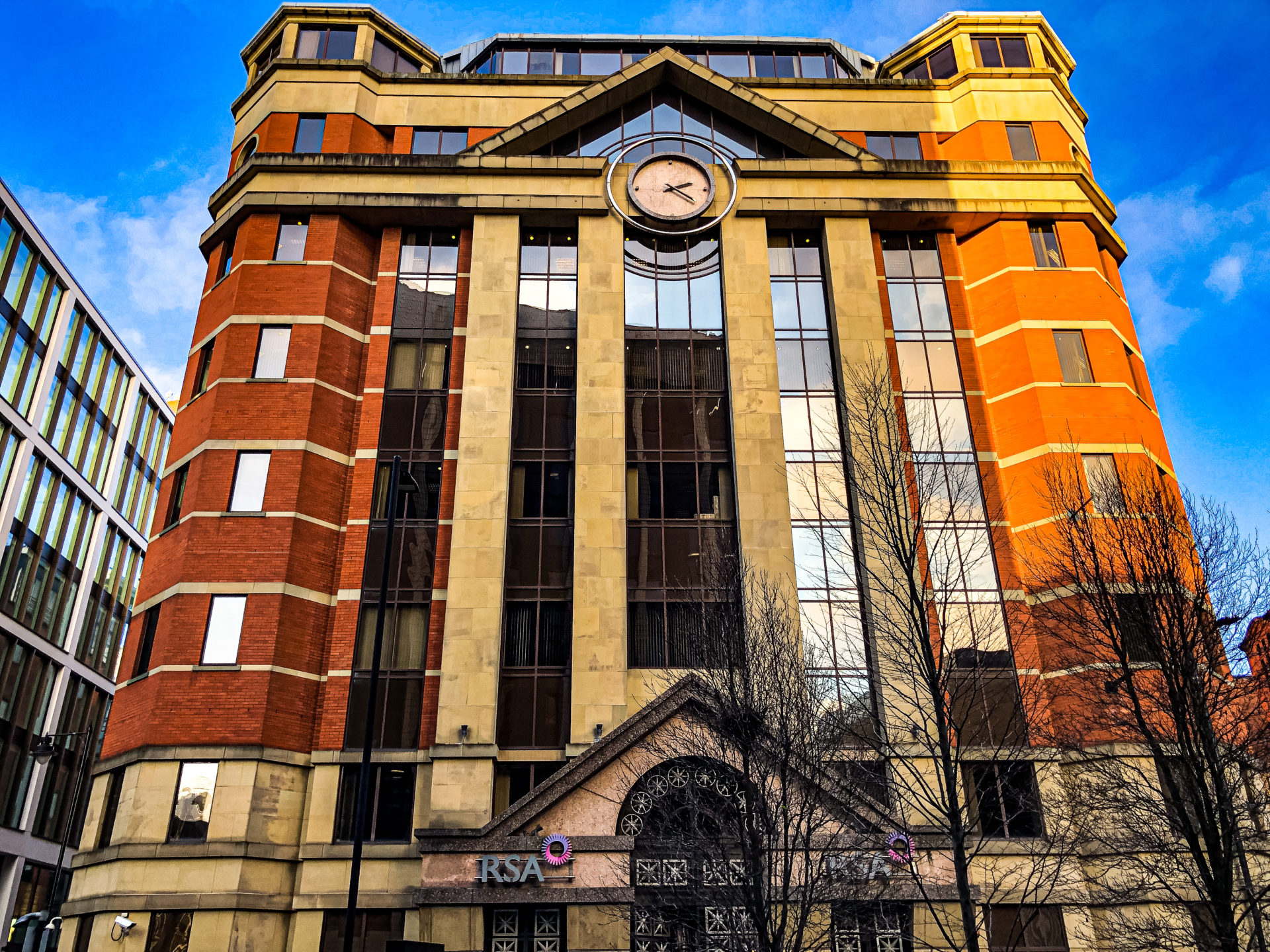Community-centric architecture, with a focus on sustainability and a ‘less is more’ approach, will be the way forward for building design this year.
Leading architects around the world agree that extravagant, outward-looking, luxury design is on the way out, while the creation of localised ‘safe spaces’ will grow.
The pandemic and ongoing wars, designers say, are creating a need for communities to look after themselves rather than being part of a global scene. It will also result in’ less experimentation’, insists Snøhetta co-founder Kjetil Trædal Thorsen.
“Ongoing conflicts…is already influencing the economy, politics and thus also our clients, going for safer choices, known solutions and less experimentation,” she says.
Sustainable buildings more specific to their environment
Sustainability is set to become more focused this year, with specific design for particular areas. This means managing risk for those areas affected in particular ways by climate change, such as flooding or towns and cities which are more earthquake-prone than others.
Resilient materials will help with storm water management for extreme weather events, for instance, with the emphasis on quick recovery.
There will be more focus than ever before on rainwater harvesting schemes passive solar design, geothermal systems and natural ventilation, allowing us to capitalise on the natural resources which already exist.
It extends to the increased use of biobased materials. The Dutch government has recently introduced new legislation where all new buildings must contain at least 30 per cent of biobased materials by weight.
Artificial Intelligence and advanced IT methods have made carbon calculations for buildings far more accurate than ever before, ensuring buildings perform far more sustainability than in the past.
This lends itself to the concept of retrofitting ie using and redesigning buildings which already exist. In other words, making the most of what we already have, says White Arkitekter’s Alexandra Hagen.
It also introduces modular construction, which experts say will continue to be ‘a thing’ in 2024 and beyond. That’s because not only is it more efficient in terms of time and money to prefabricate modules in a factory and construct them on-site, but it is also far easier for these buildings to be reconfigured when required.
More mixed-use buildings
The use of flexible, mixed-use buildings will be ramped up this year. Buildings (or spaces) where people reside, work and socialise at different times over a 24-hour period will become more commonplace. Expect to find more ‘pop up’ galleries, cafes and shops in previously unlikely places.
The multi-purpose nature of such buildings allows them to meet the changing needs of a community, not just within a day, but over time and even decades. For instance, thought will also be put into how they can be re-adapted at a later stage in the future.
Buildings to promote ‘wellness’
Functionality will always be there, but tomorrow’s building will also make us feel better. Living walls (ie biophilic design), the use of more natural light and the incorporation of more green spaces will result in a closer attachment to nature. Acoustic tuning will allow us the peace to relax and even meditate.

